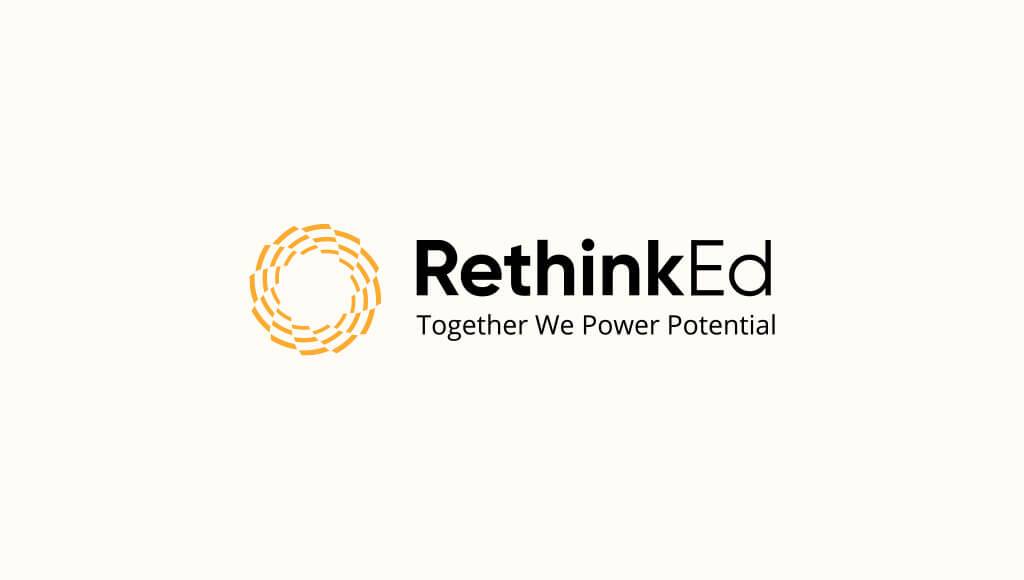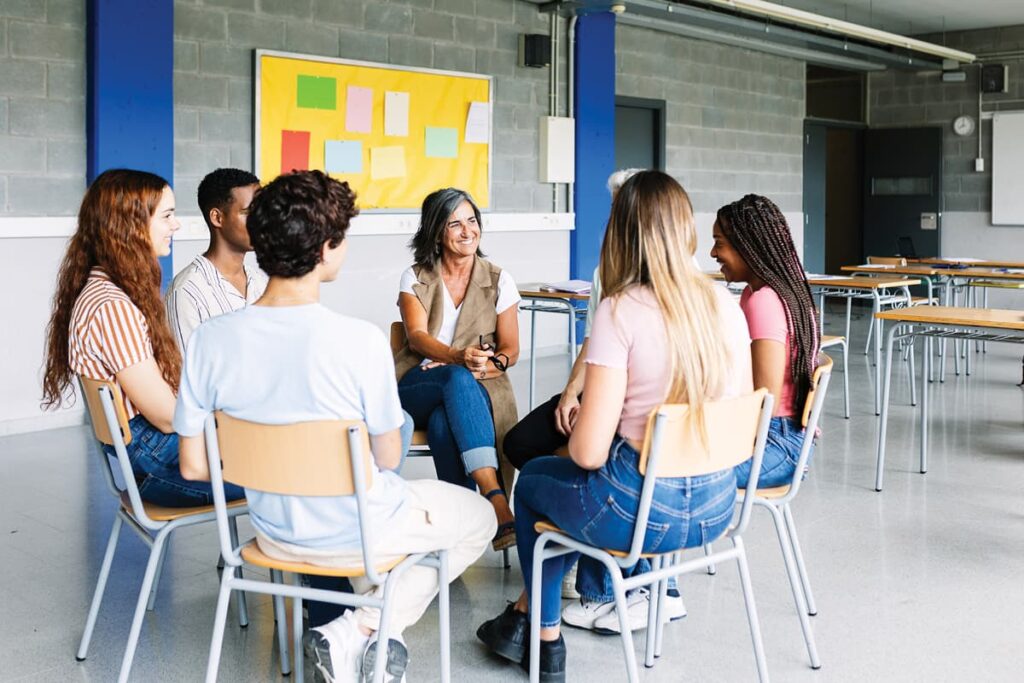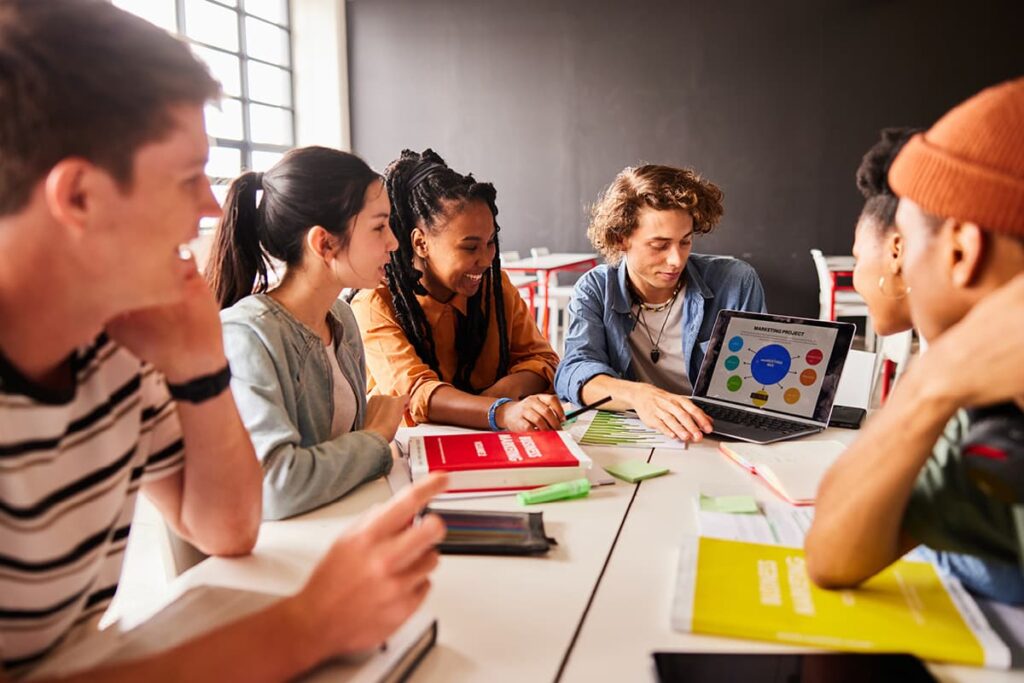Social and emotional learning (SEL) is emerging in schools throughout the country. Some states are even developing and implementing social and emotional standards. The desired outcome of SEL, children and adults who apply understand and manage emotions, set and achieve positive goals, feel and show empathy for others, establish and maintain positive relationships and make responsible decisions (CASEL, 2018), is admirable. Every teacher would hope their students would achieve these outcomes during their school years. But how do teachers make this happen? What should teachers do doing the day to produce this outcome for students?
There is agreement that SEL instruction should be integrated into activities throughout the day. This might include helping students engage in relaxation activities prior to taking an exam to assist with self-management or prior to exiting onto they playground student are prompted to look around and see what they might do to include a peer who might be feeling excluded in the activities. It’s important that teachers are prepared to teach these skills and that they are systematically applied in an effective manner that supports acquisition.
To promote student’s skill developing teachers can model the social and emotional skills themselves and provide direct instruction to their students. Students can also be prompted to practice these skills to support generalization. If a student is learning calming strategies like breathing prior to an exam they might be asked to practice this skill over a weekend when something stressful happens and report back when they return to school on Monday. Or a writing prompt of empathy might be given during literacy lessons, assisting a student to reflect on their own strengths and weaknesses in their application of empathy.
The responsibilities of schools have extended past just teaching academics. Students need social and emotional skills that will allow them to succeed in a world that is multi-cultural, requires collaboration and that celebrates effective communication. Educators are developing repertoires to teach social and emotional skills into their daily practice.



